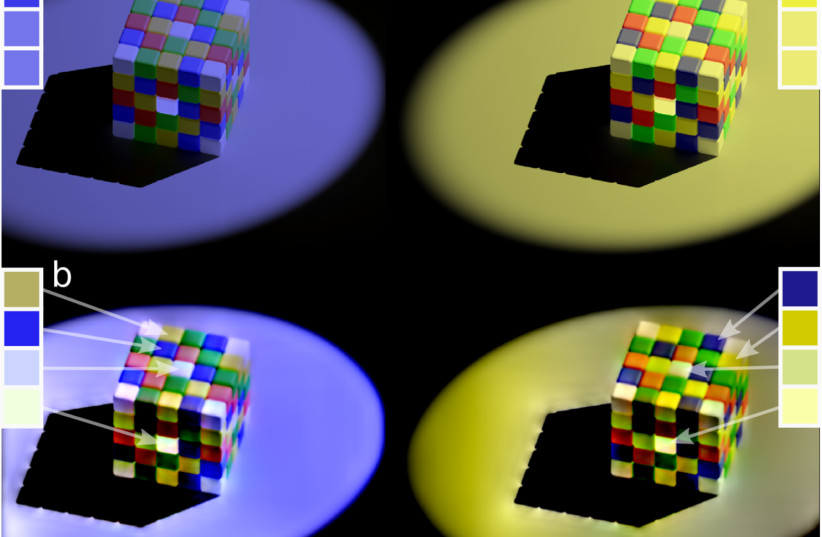Many visual illusions are caused by limits in the way the eyes work and not because of psychological processes, according to a new peer-reviewed study.
The study, published in PLOS Computational Biology, was conducted by researchers from the University of Exeter and University of Sussex.
The researchers examined illusions in which an object's surroundings affect how we see the color or patterns on the object. Scientists and philosophers have debated whether such illusions are caused by neural processing in the eye and low-level visual centers in the brain or higher-level mental processes like context and prior knowledge.
The researchers developed a model, which they called the Spatiochromatic Bandwidth Limited model, suggesting simple limits to the speed of neural responses are responsible for the illusions, not psychological processes.
“Our eyes send messages to the brain by making neurons fire faster or slower,” said Dr. Jolyon Troscianko, from the University of Exeter's Center for Ecology and Conservation. “However, there’s a limit to how quickly they can fire, and previous research hasn’t considered how the limit might affect the ways we see color.”

The model combines this limit with data about how humans perceive patterns and an assumption that our vision works best when we look at natural scenes. The model was originally developed to predict how animals see color, but was found to also correctly predict many visual illusions seen by humans.
New model explains why HD TVs are so popular
Troscianko noted that the findings show why high-definition televisions are so popular, as such televisions create bright white regions that are over 10,000 times brighter than their darkest black, creating contrast levels similar to natural scenes.
“How our eyes and brains can handle this contrast is a puzzle because tests show that the highest contrasts we humans can see at a single spatial scale is around 200:1," said Troscianko. “Even more confusingly, the neurons connecting our eyes to our brains can only handle contrasts of about 10:1.
“Our model shows how neurons with such limited contrast bandwidth can combine their signals to allow us to see these enormous contrasts, but the information is ‘compressed’ – resulting in visual illusions," said the researcher. “The model shows how our neurons are precisely evolved to use of every bit of capacity. For example, some neurons are sensitive to very tiny differences in grey levels at medium-sized scales, but are easily overwhelmed by high contrasts."
